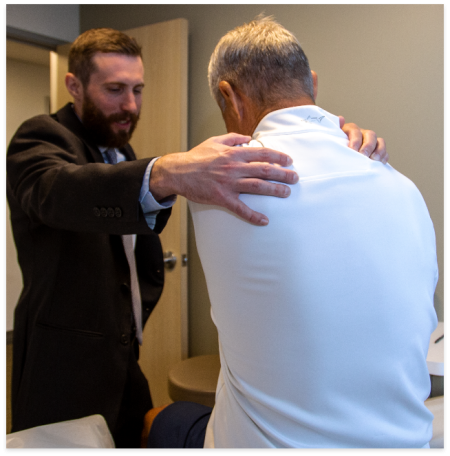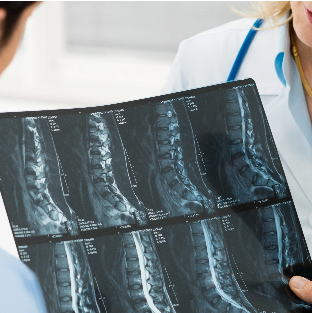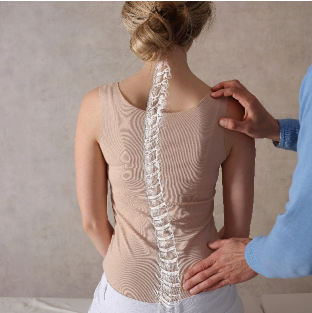


Areas that are affected between the collarbone and the twelfth rib, are generally defined as thoracic conditions. Discomfort can occur when blood vessels or nerves are compressed in this region, and some common symptoms include shoulder and mid back pain, numbness or tingling around the torso, and coordination or balance changes. Thoracic conditions cause pain that can vary from a dull ache to a stabbing pain and are often associated with: stiff muscles, fatigue, spasms or weakness.
The spinal cord runs through a series of openings, the spinal canal, that are notches within each vertebrae. The spinal canal protects the spinal cord. When thoracic spinal stenosis occurs, the spinal canal narrows. This narrowing presses on the spinal cord (or nerve roots that exit the spinal canal) and causes irritation.

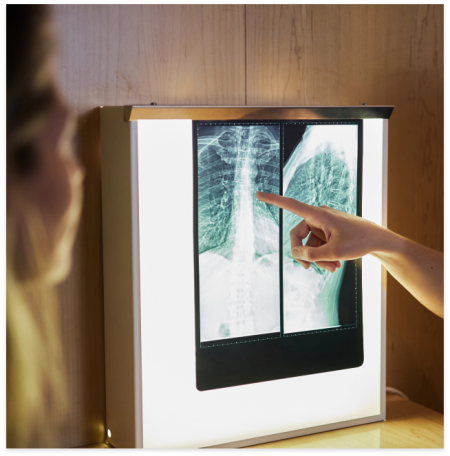
After completing a physical exam and some diagnostic testing, the doctor will evaluate the area where the nerve is being compressed. The issue that is causing the compression will inform the doctor on which type of surgery may be needed – a laminectomy may be needed in order to remove damaged bone, or a fusion may be needed in order to stabilize the area (this may be done with the help of implanted devices such as a cage, rods, screws, and plates).

Thoracic myelopathy is a condition in which an injury has caused severe compression of the spinal cord. This injury can be caused not only by a trauma, but also by degeneration, disease, or disc herniation. The symptoms of thoracic myelopathy include: neck and back pain, tingling and numbness in the legs, and bowel and bladder dysfunction. This nerve injury in one’s spinal cord can also affect one’s motor skills.
Physical and diagnostic testing will help the doctor to determine the best diagnosis for this condition. There are some non-surgical options available for thoracic myelopathy, including: physiotherapy, bracing and medication – however, these treatments do not address compression. Decompression surgeries are very common in treating thoracic myelopathy and are meant to remove pressure being placed upon the spinal cord or nerve root. Some surgical options include: thoracic herniated disc surgery (often used to remove bone spurs or herniated discs pushing on the spinal cord), laminectomy, or spinal fusion.

Pain from thoracic radiculopathy lies at the root of a spinal nerve that is being pinched in the upper back. It is a rare condition. This area may become inflamed but may include treatments such as self-care, medication and physical therapy. Thoracic radiculopathy generally resolves within a few months.


The mid-back pain caused by thoracic radiculopathy is similar to sciatica and conservative treatments usually help this condition to heal on its own. A first step may be the use of pain injections or physical therapy, particularly when the root of the problem is caused by a herniated disc. Thoracic radiculopathy is diagnosed with imaging and lab testing, following a physical exam. Various non-surgical treatment options are available for this condition, including: the use of non-steroidal anti-inflammatories, muscle relaxants or nerve pain blockers and chiropractic treatments or physical therapy. There are also surgical options for this condition, such as decompression and fusion.

Thoracic nerve compression occurs when the nerve traveling from the neck to the arm gets pinched. More specifically, this condition is actually a group of disorders culminating from the blood vessels or nerves being compressed between the collarbone and the ribs. When this happens, a patient may feel numbness or pain in their trunk or legs.
While a patient may be alarmed by intense pain, it is when a patient experiences limitations in function/movement, strength, and/or sensation, that a condition is actually more worrisome. Pain from nerve compression is often treatable and is less serious than damage done to the spinal cord. Investigating a patient’s lack of feeling is imperative to evaluate.
A physical exam, imaging, and other specialized testing can help the doctor to diagnose this condition. For many patients, non-surgical treatments work well when treating Thoracic Nerve Compression, such as adequate rest, pain medications and physical therapy. If the pain is being caused by severe compression however, decompression surgeries are very common, and are meant to remove pressure being placed upon the spinal cord or nerve root. Some surgical options include: thoracic herniated disc surgery (often used to remove bone spurs or herniated discs pushing on the spinal cord), laminectomy, or spinal fusion.
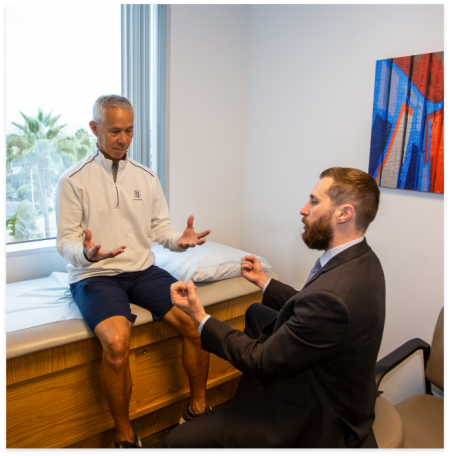
Thoracic disc herniation is caused by a bulging disc – when a disc sticks out between two vertebrae. Symptoms of thoracic disc herniation may present as non-specific and can include: pain that travels around the body and into one or both legs, pain/tingling in areas of the leg, weakness in leg muscles, chest or trunk pain, sensory changes around the rib cage, muscle spasticity, or increased reflexes in the legs. Thoracic disc herniation can be very serious and can even lead to paralysis.
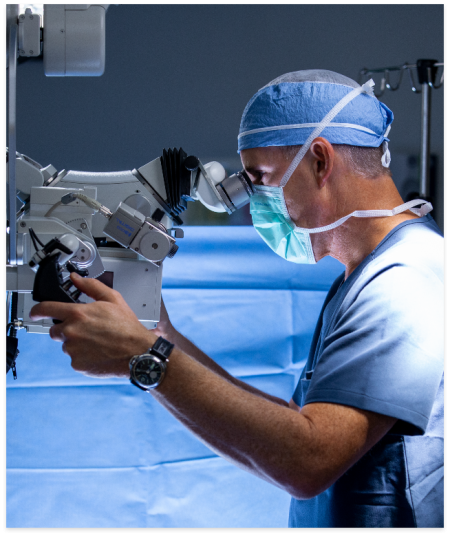

While some conservative treatments may help with this condition, such as avoiding strenuous activity and taking over the counter pain medications, epidural steroid injections may also prove to be helpful in managing pain associated with thoracic disc herniation. However, there are numerous non-invasive surgical options available to treat this condition, such as: a laminotomy (repairing a disc rupture), a discectomy (the removal of the ruptured disc material), or a microdiscectomy (similar to a laminotomy / discectomy but done via smaller incision).

Thoracic outlet syndrome occurs when there is a narrowing, or dysfunction, between a group of lower neck and shoulder muscles connected to the armpit. This pain is centralized between the collarbone and first rib. Usually, this condition is brought on by repetitive strain or trauma. Pain, weakness in the hand(s) and arm muscles, tingling, and discoloration of the hand(s) are common symptoms of thoracic outlet syndrome.
In addition to physical testing, your doctor may perform blood tests, imaging, and an electromyogram evaluation to diagnose this condition. Exercise decreases the pressure on nerves and blood vessels and can provide relief from thoracic outlet syndrome. NSAIDs and lifestyle changes in exercise and maintaining proper posture may also provide patients with relief. Surgical solutions may involve removing a portion of an abnormal first rib or releasing a muscle that joins the neck and chest. The surgery will depend on the cause of the compression.
